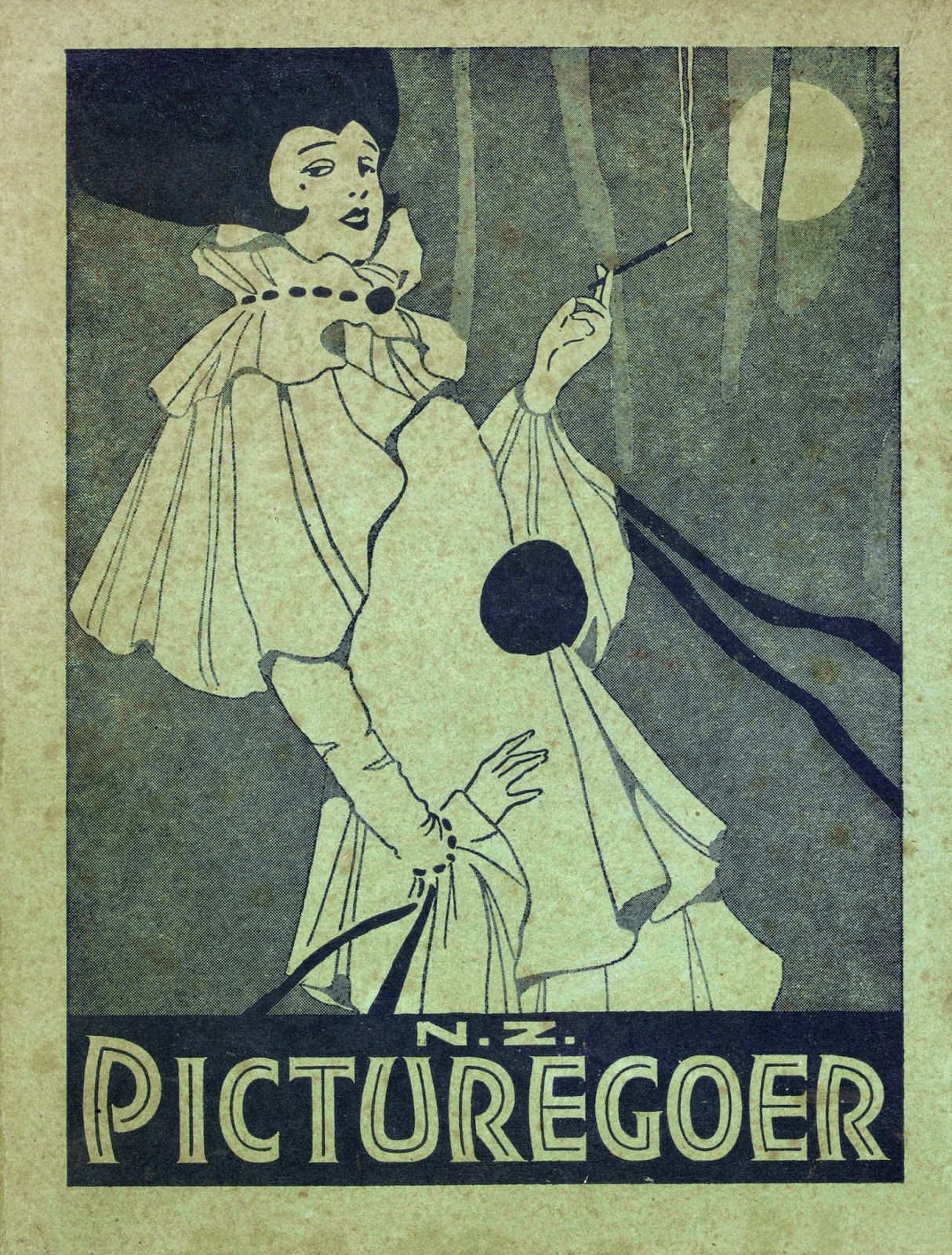Gayest and Smartest: Auckland’s cinemas in the 1920s
Auckland’s entertainment sensation of the 1920s was going to the movies – first silent movies, and then “talkies”. Every Saturday night, one-sixth of the city’s residents went to watch stars like Greta Garbo, Gary Cooper or Gloria Swanson in romance and adventure stories. The most-attended movie – Charlton Heston’s Ben Hur - sold 76,000 tickets during its Queen Street run, and Charlie Chaplin’s The Kid drew 21,000 people in a week.
However, not everyone was pleased with cinema’s popularity. One of Auckland’s main exhibitor’s, Henry Hayward, had to answer a complaint from the Discharged Prisoners’ Aid Society that movies normalised crime for children by encouraging them to play make-believe games such as bush-ranging.
Ref: NZ Ephemera - 'The N.Z. Picturegoer', Volume 1, Number 7, 20 January 1928, Sir George Grey Special Collections, Auckland Libraries.
“Did
not his Grace ever play pirates, or Sister Hannah impersonate Maid Marion…?”
Hayward responded in the Auckland Star, 13 October 1925, p 16. “I’m sorry for them if they missed this sport. It may
account for their attitude today. Do these good people imagine that they are
going to fill their empty churches by such methods?”
In
Melbourne, he said, the chief constable had noted more misbehaviour on Sundays
than on weekdays, because on Sundays the picture shows were closed.
Locally
made films were also screened in the 1920s, but they were produced with much
fewer resources than those available within Hollywood budgets. Leading New
Zealand film-maker Rudall Hayward produced six feature films and many one- and
two-reel comedies.
His
1927 movie The Te Kooti Trail caused
the first home-grown censorship controversy when at the request of the Minister
of Internal Affairs, Maui Pomare, the censor delayed the film’s release so that
Māori MPs and Ringatū Church elders could check it didn’t offend Māori
sensibilities. They ultimately changed two of the film’s intertitles. Archives New Zealand have put a photo of the memo instructing the censor to look at the film on their flickr photostream.
Haywood
turned this notoriety to his advantage with publicity banners such as: “Stopped by the N.Z. Film Censor! Because
of its Amazing Historic Realism – then released because it proved to be the
truth. Filmed as it actually happened!”
He
was on a quest to popularise NZ’s history. One advertisement encouraged: “Father! Bring your son, and teach him to
honour the grand old pioneers of the Dominion. Children, 6d.” (Auckland Star, 18
November 1927, p 18)
The Te Kooti Trail was based on the 1869 sacking of Mill
Farm at Te Poronu, as told in James Cowan’s The New Zealand Wars. It was favourably received at the Strand Theatre’s world
premiere, and subsequently toured the country.
By
the end of the 1920s, almost 40 cinemas had opened in suburban Auckland including:
The Tudor in Remuera; the Royal in Kingsland; the Delta in New Lynn; and
the Star in Papakura.
Ref: NZ Ephemera - Souvenir programme for the Majestic Theatre, December 1925, Sir George Grey Special Collections, Auckland Libraries.
Avondale’s
The Town Hall cinema – “Rendezvous of the
Western Suburbs, Gayest and Smartest” - advertised free taxi services from
the New Lynn Post Office, and held a Jazz Dance Carnival every Saturday night
between 10:30pm and 12am.
The
1,700-seat Regent Theatre opened on Christmas Eve 1926, during the “silent
era”. An evening’s entertainment there began with vaudeville, and the movie
followed. Box office hours were from 10:00 am to 10:00 pm, and patrons could
book tickets up to six days ahead.
The
Regent and the Strand screened the first “talkies” in Auckland on the same
night – 18 April 1929.The St. James theatre debuted ‘talkies’ on Boxing Day that
year as well. Later that year the country’s biggest picture palace, the 3,500
seat Civic Theatre, opened on Queen Street. The Civic was exotically decorated
with statues of elephants and panthers. There were minarets and balconies, female
ushers wore pantaloons. The theatre’s ceiling twinkled with stars while clouds,
produced by a smoke machine, floated by.
Unfortunately, the Civic opened just as the
Great Depression began and audience attendance soon dropped. Owner Thomas O’Brien
preferred screening British rather than American films, and this also contributed
to lower than hoped-for audiences. In 1932 his business collapsed and he fled
to Australia. However, The Civic survived to become one of the city’s
best-loved buildings.
Author: Leanne, Central Auckland Research Centre









I wondered what the building housing Royal jewelers was originally in Kingsland. Now I know, thank you.
ReplyDeletethanks good post nice very muc
ReplyDelete